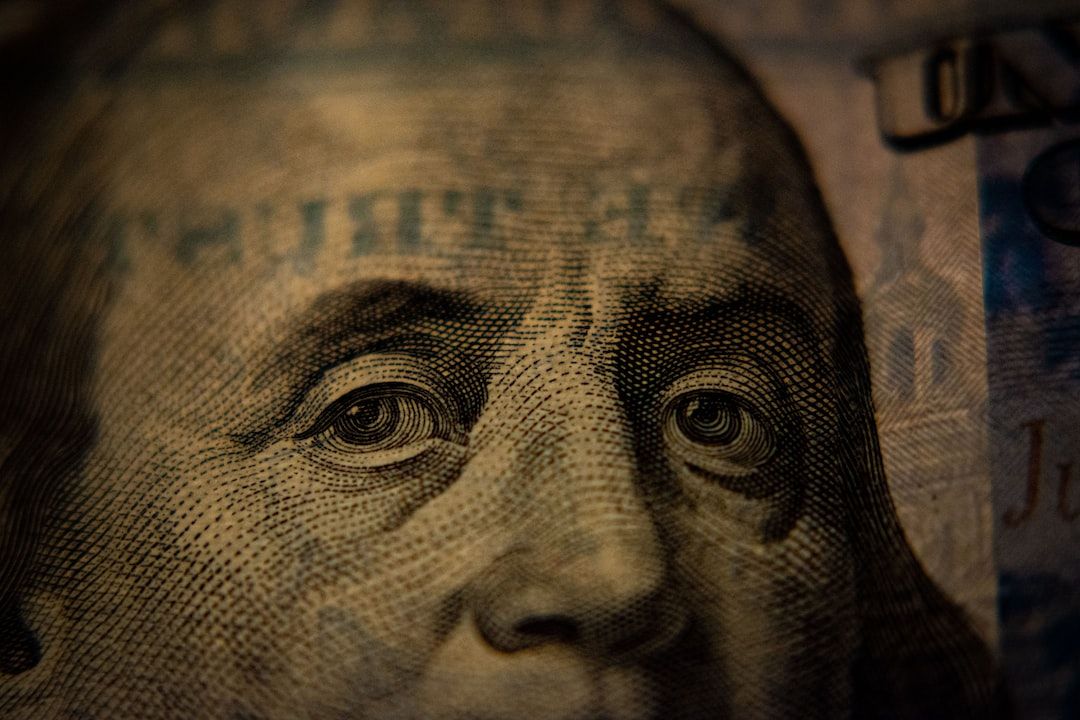
"Brics Summit 2023: Shaping the Future of Currencies"
With the recently concluded BRICS summit in August of 2023, many questions arose as to the future of many currencies and mega changes in the member countries. Mega moves since its formation in recent history of 16 June 2009.
I would suppose that sanctions will follow obviously from the friends on the other pole of the compass. The BRICS alliance announced that the other 5 member states were to join in January of 2024. Though the group is informal, its decisions affect major stakeholders of the world order. Other countries like Venezuela at this time of writing are pleading with China for membership to the block of countries.
One of the major deals included the decision to set up a new currency that could be used in the member states. This move aroused the sensation of the falling of the American dollar as the reserve currency. The question being asked is if this new currency will be able to match the strength of the dollar and equivalently throw it away.
Economists from everywhere seem to be baffled and confident of their opinions. Others think it’s just a smoking gun before the real war. Others prefer to be optimistic and say that it’s like the tale of the snake oil. Whatever you prefer it’s just a personal opinion, not a real indicator of the real ground truth.
I say this because America herself hasn’t responded explicitly to the matter. And nothing brings more anxiety than not knowing the next move of an adversary. Silence is a major punishment. Actions on the other hand speak louder but those neither have made it clearer that BRICS might be a needle in the foot.
This is a question that would require a longer period to answer. Consider this, America was declared a world power in the year 1898 and it wasn’t until 1944 that its currency the dollar was declared a reserve currency. this long period implies that even if the BRICS are to be successful, it might take not a few battles but war to win the appraised freedom from the dollar as the reserve currency.
Let’s look at the Indian Rupee and its relations to the BRICS. Before 2009, the Rupee was exchanged for 0.0222 dollars in June 2004, and as of now, it is at 0.0120 dollars. That’s a 62.15% drop. It’s adjusted for inflation and all economies went down after the COVID-19 pandemic. Other factors surely contributed and as such this is not fully representative of the optimum scale. It has significantly dropped.
The impact of such conferences on the Indian rupee can vary depending on the outcomes and agreements reached during the meetings. Positive outcomes, such as increased trade partnerships or investment opportunities, could potentially have a positive effect on the Indian rupee. On the other hand, if there are no significant developments or if there is uncertainty surrounding the conference, it may have a limited impact on the currency.
Another move they were considering for the de-dollarization to work was the Central Bank Digital Currency (CBDC). Look at it as having a Bitcoin for each country in their central banks. This is a setback because the digital money world is not regulated at all and this change will require many configurations which at the moment seem vulnerable to malicious activities.
Just remember these are just questions that need not be answered. Ponder on them over and over.

Appreciate the creator